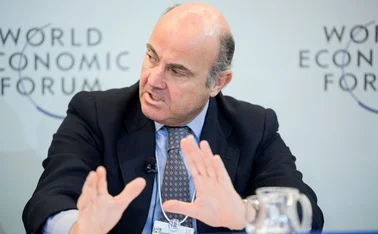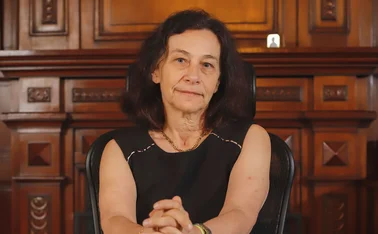
BIS paper tracks new channel for funding ‘dry-ups’
A squeeze in one market can spill over to institutions with no direct exposure, authors find

Funding “dry-ups” in particular markets can spread to firms with no direct exposure to the troubled market, research published by the Bank for International Settlements finds.
Iñaki Aldasoro, Florian Balke, Andreas Barth and Egemen Eren note it can be hard to isolate the effects of a dry-up from the broader effects of a financial crisis, as the two often go hand-in-hand. To avoid this they focus on a particular episode in which reforms to US money market funds (MMFs) caused a funding squeeze in otherwise “tranquil” conditions.
Banks that were active in sourcing funding from MMFs were forced to seek other sources of funds, the authors find. The consequent competition for deposit funding pushing up funding costs for all institutions.
The authors find that banks with no MMF exposure saw their lending volumes and margins decrease after the reforms, while their stocks underperformed. The authors say there was no significant change in their riskiness, however.
Only users who have a paid subscription or are part of a corporate subscription are able to print or copy content.
To access these options, along with all other subscription benefits, please contact info@centralbanking.com or view our subscription options here: http://subscriptions.centralbanking.com/subscribe
You are currently unable to print this content. Please contact info@centralbanking.com to find out more.
You are currently unable to copy this content. Please contact info@centralbanking.com to find out more.
Copyright Infopro Digital Limited. All rights reserved.
As outlined in our terms and conditions, https://www.infopro-digital.com/terms-and-conditions/subscriptions/ (point 2.4), printing is limited to a single copy.
If you would like to purchase additional rights please email info@centralbanking.com
Copyright Infopro Digital Limited. All rights reserved.
You may share this content using our article tools. As outlined in our terms and conditions, https://www.infopro-digital.com/terms-and-conditions/subscriptions/ (clause 2.4), an Authorised User may only make one copy of the materials for their own personal use. You must also comply with the restrictions in clause 2.5.
If you would like to purchase additional rights please email info@centralbanking.com






